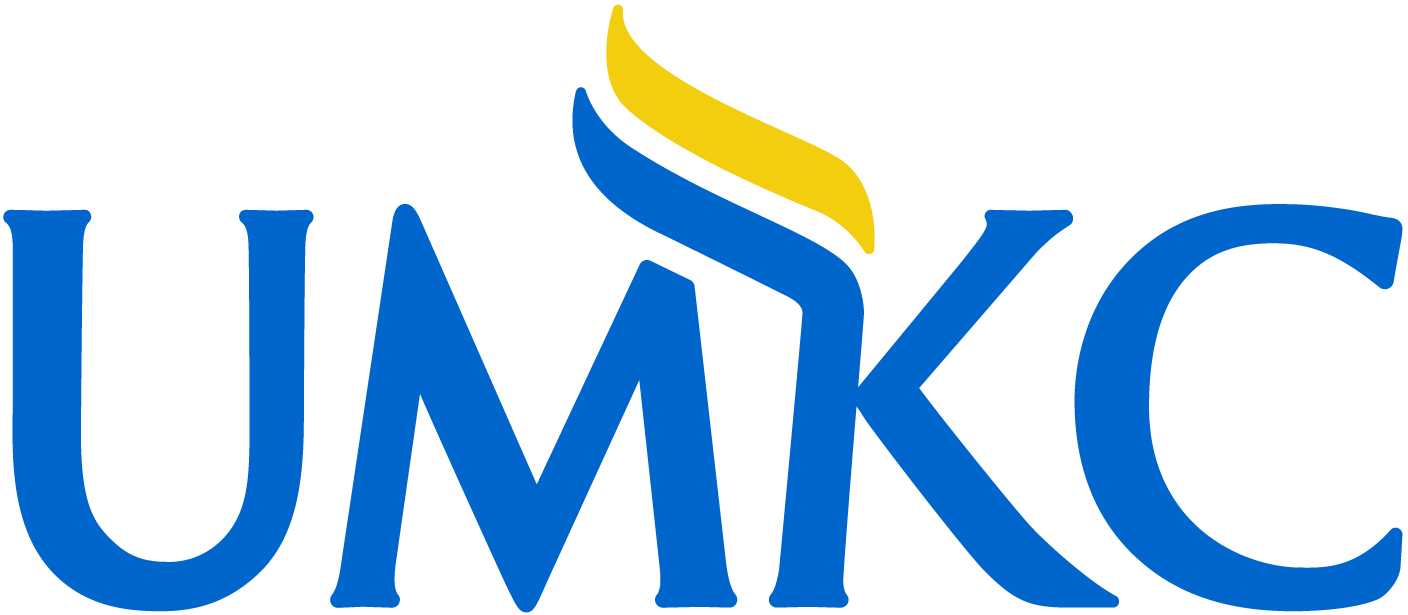Abstract
The bioavailability of scopolamine in three dosage forms was compared in 12 healthy nonsmoking male volunteers. Subjects received 0.4-mg doses of scopolamine bromide in intravenous (i.v.), intranasal (i.n.), or oral (p.o.) dosage forms on three occasions, with at least 2 weeks separating the doses. Scopolamine concentrations in plasma were determined with a combined reverse-phase liquid chromatographic-radioreceptor binding assay. Saliva volume and flow rate and percent suppression of control flow rate were determined from each sample. Absorption after i.n. and po scopolamine administration was rapid; plasma concentrations [1680 (i.n.) and 164 pg/mL (p.o.)] peaked within 1 h of dosing [0.37 (i.n.) and 0.78 h (p.o.)], respectively. i.n. and i.v. scopolamine suppressed salivary flow rate to similar extents (95% and 99.7%), respectively. Times to reach maximum effect were 1.05 and 0.27 h after i.n. and i.v. dosage, respectively. Absolute intranasal bioavailability, calculated from the area under the drug concentration vs time curve, was found to be significantly greater than that of p.o. scopolamine (83% vs 3.7%, p < 0.05). The i.n. route may provide a noninvasive, reliable, fast, and effective route for administering scopolamine.
